Call Us Now
TEL: +86-4000988557; Skype ID: gfreex@hotmail.com;
WeChat: Troysupply_com; QQ ID: 8936906.
After completing the record 5km outdoor marathon, the bipedal robot Cassie completed the 100m sprint in 24.73 seconds, setting a Guinness World Record.
Just now, the bipedal robot Cassie set a Guinness World Record of 100 meters! It took 24.73 seconds.
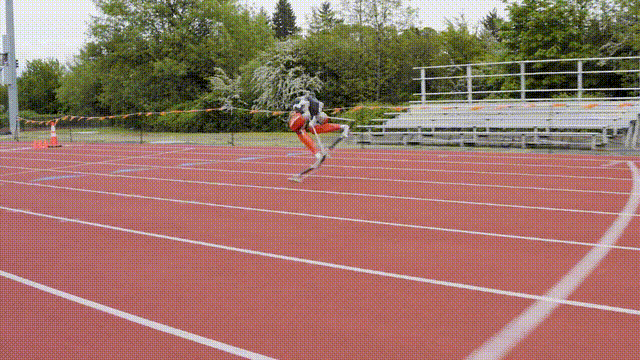
Like a human athlete, Cassie also has her own unique starting position - two big men hanging from poles.
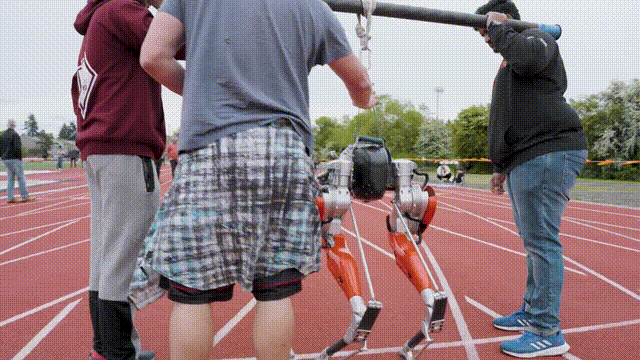
Of course, before starting, you also need to warm up a little. I saw Cassie stomping small steps, already full of momentum.
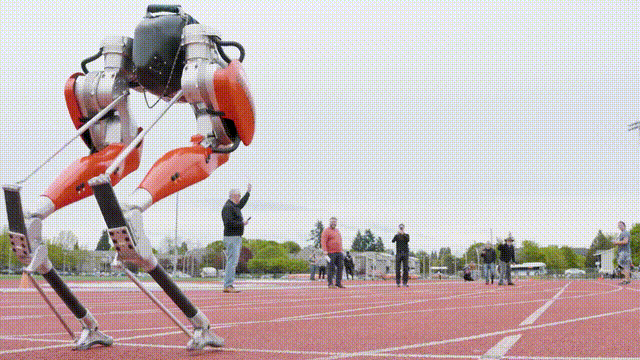
With a command, he rushed out and jumped towards the finish line.
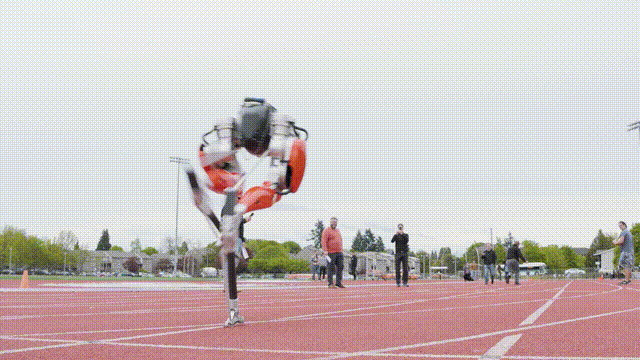
At this pace, the proper machine ostrich is online!
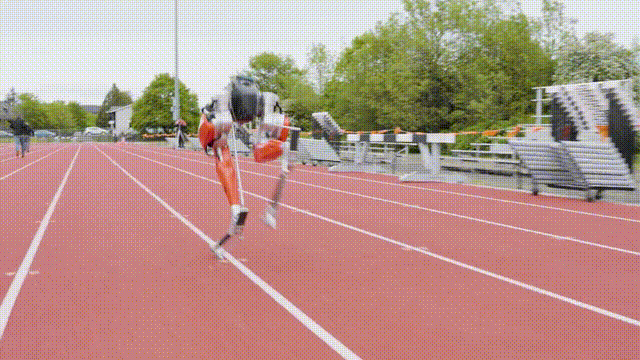
It's just "hundred million points" slower than the original version........ After the 100-meter sprint, Cassie didn't forget to take a few steps slowly.
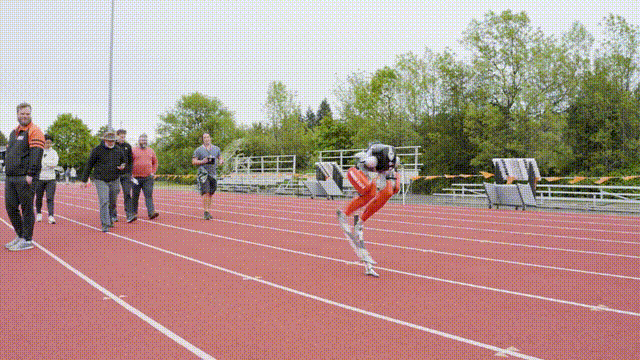
To say that compared with humans, Cassie's performance is still slightly pale. Currently, sprinter Porter holds the human world record with an amazing time of 9.58 seconds.
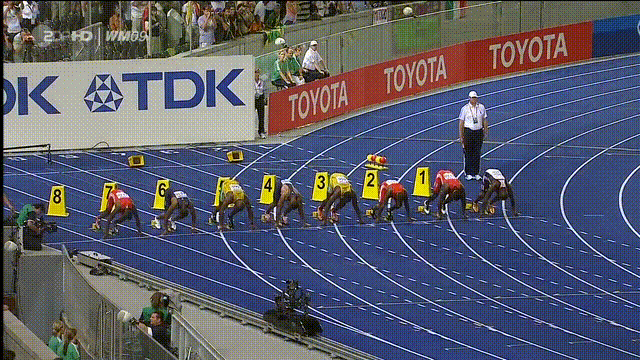
5km jog, 100m sprint
Although compared to humans, Cassie may not be worth mentioning.
But it is very shocking that a robot can complete 100 meters in 24.73 seconds - equivalent to "running" at a speed of 4 meters per second.
Last year, Cassie became the world's first robot to complete a 5km run on the campus of Oregon State University by completing the "one-man outdoor marathon."
It took about 53 minutes and didn't charge a single charge during the run.
To say 10.6 minutes per kilometer compared to humans is just a walk-level level. But also for robots, it's a big step forward.
Cassie has been a pioneering research platform for robots to learn motion. After Cassie completed the endurance test, the researchers turned to speed gains.
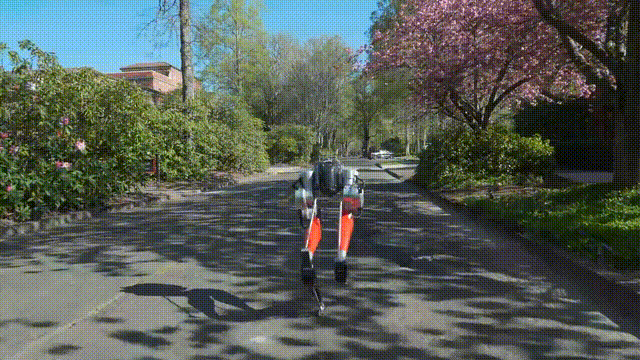
You know, completing the 100-meter sprint is not just a matter of speed.
People have inertia when running, especially at a very high pace. The researchers also had to think about how to adapt Cassie to this inertia.
You can't stand and leave the starting line. When you reach the finish line, you just fall and roll over.
This meant that Cassie had to use two neural networks, one for running fast and one for standing still, and transitioning gracefully between the two.
To this end, the research team spent a week running with Cassie, completing a year-long simulation training in advance, and then determined the most effective gait.
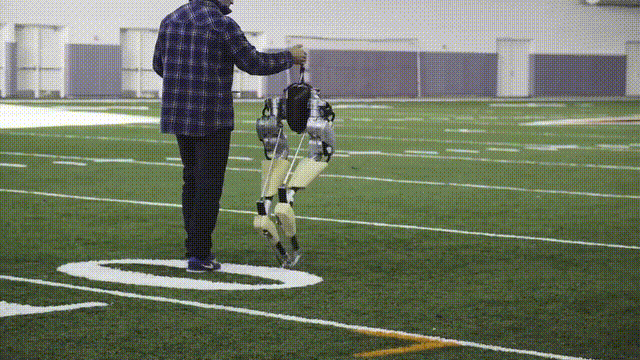
Of course, there is an essential item when training - the balance test.
The translation is: "kick" hard...
Devin Crowley, a graduate student who spearheaded the Guinness feat, said,
For the past few years, we have been looking for a way to achieve this world record. Machine learning methods have long been used for pattern recognition, such as image recognition, but generating control behavior for robots is a new field.
Alan Fern, professor of artificial intelligence, said that starting and stopping this standing position is more difficult than running, just as taking off and landing is more difficult than actually flying a plane.
It was through perfect mechanical design, and deep integration with the advanced artificial intelligence that controls the hardware, that Cassie completed the 100-meter sprint in 24.73 seconds.
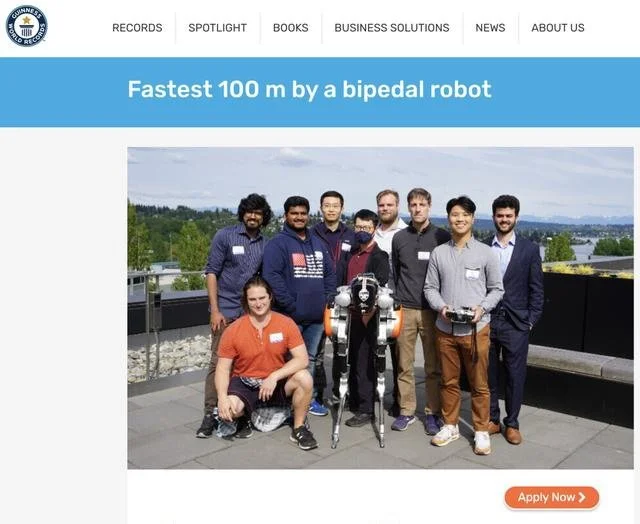
Walking with Deep Reinforcement Learning
The protagonist of this time, Cassie, is a development platform for robot research launched by Agility Robotics in 2017.
To say that the biped robot we are most familiar with is the Atlas of Boston Dynamics.
So far, it has shown us a lot of exploration capabilities.
For example, parkour, somersaults, crossing a single-plank bridge, dancing, etc.
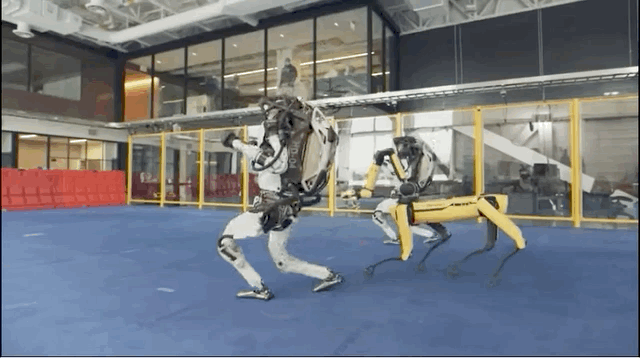
Previously, Cassie also had a "friendly and friendly meeting" with Spot, a four-legged robot from Boston Dynamics.
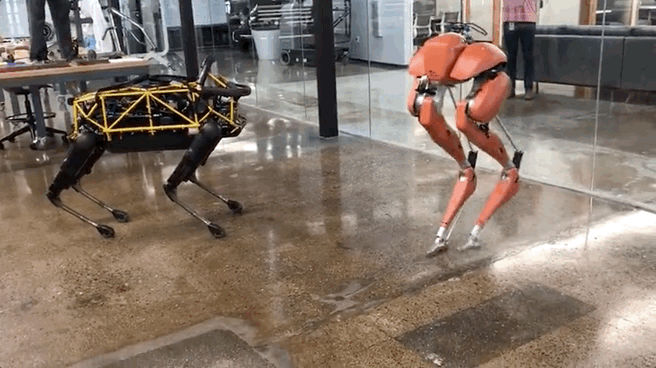
Although not as famous as Boston Dynamics, Cassie has developed quite rapidly in the past few years. In 2017, only 3 months old Cassie made her debut.
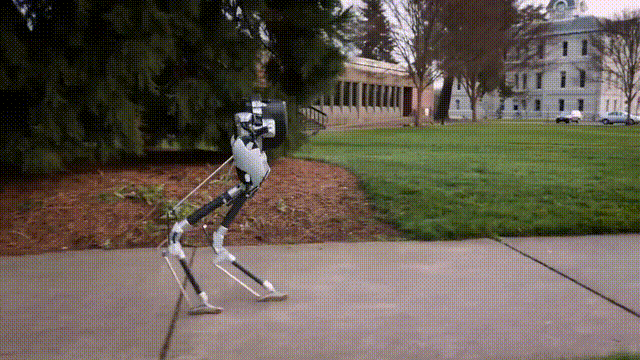
In 2018, Agility Robotics received investment from the father of Android. At this time, its two graceful thighs can adapt to various rough environments and overcome obstacles.
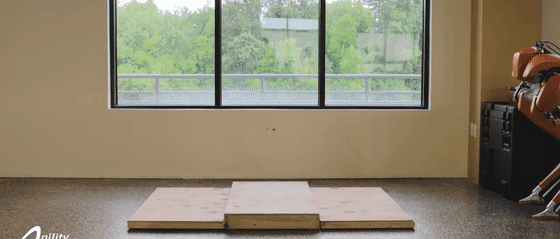
Can also play a balance bike like a human...
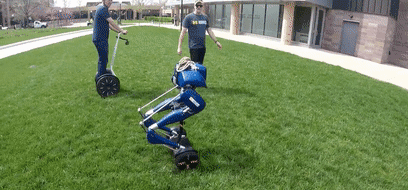
In 2019, Cassie learned to walk sideways and was very steady.
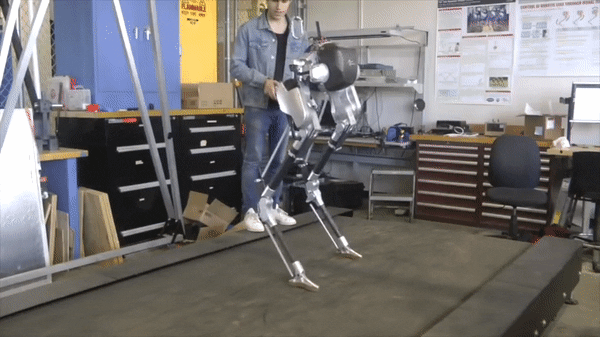
In 2020, Cassie can already jump.
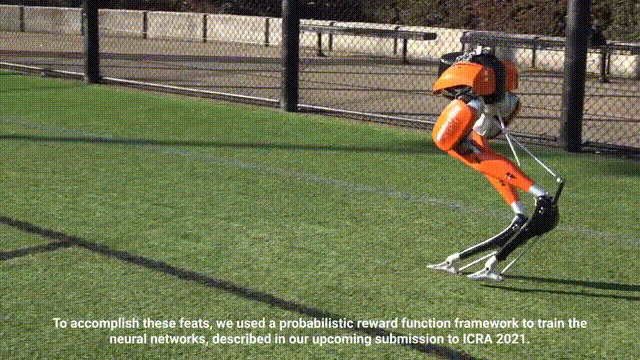
The realization of these achievements is inseparable from Cassie's two legs with a complex transmission mechanism.
The red arrows in the figure represent active joints, and the yellow arrows represent passive joints.

Of course, mechanical design alone is not enough. If you want these legs to learn this walking skill, you need to use reinforcement learning and imitation learning algorithms.
Here, reinforcement learning is used to solve the optimal policy of the Markov Decision Process (MDP), which requires the use of the policy gradient algorithm.
Imitation learning needs to solve the parameter policy problem.
Then, the key algorithm DASS is combined with reinforcement learning and imitation learning to set strategies for the robot.

Because Cassie is human-like, it has a three-degree-of-freedom hip joint that allows the machine's legs to move forward, backward, and sideways, as well as rotate the legs.
So in the future, it may also be made into exoskeleton, wearable power prosthesis, etc.
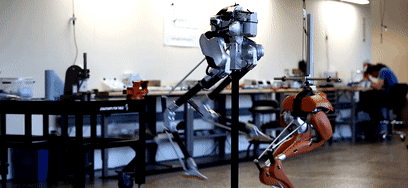
This time, Cassie's 100-meter dash record is another big step forward.
According to Guinness World Records, Cassie's record is a milestone in robotics.
No, Musk's robot is about to be released. I wonder what surprises Tesla Bot will bring us?
 Online service
Online service 4000988557
4000988557 sales1@troysupply.com
sales1@troysupply.com sales2@troysupply.com
sales2@troysupply.com gfreex@hotmail.com
gfreex@hotmail.com TROY
TROY 8936906
8936906 Troysupply_com
Troysupply_com